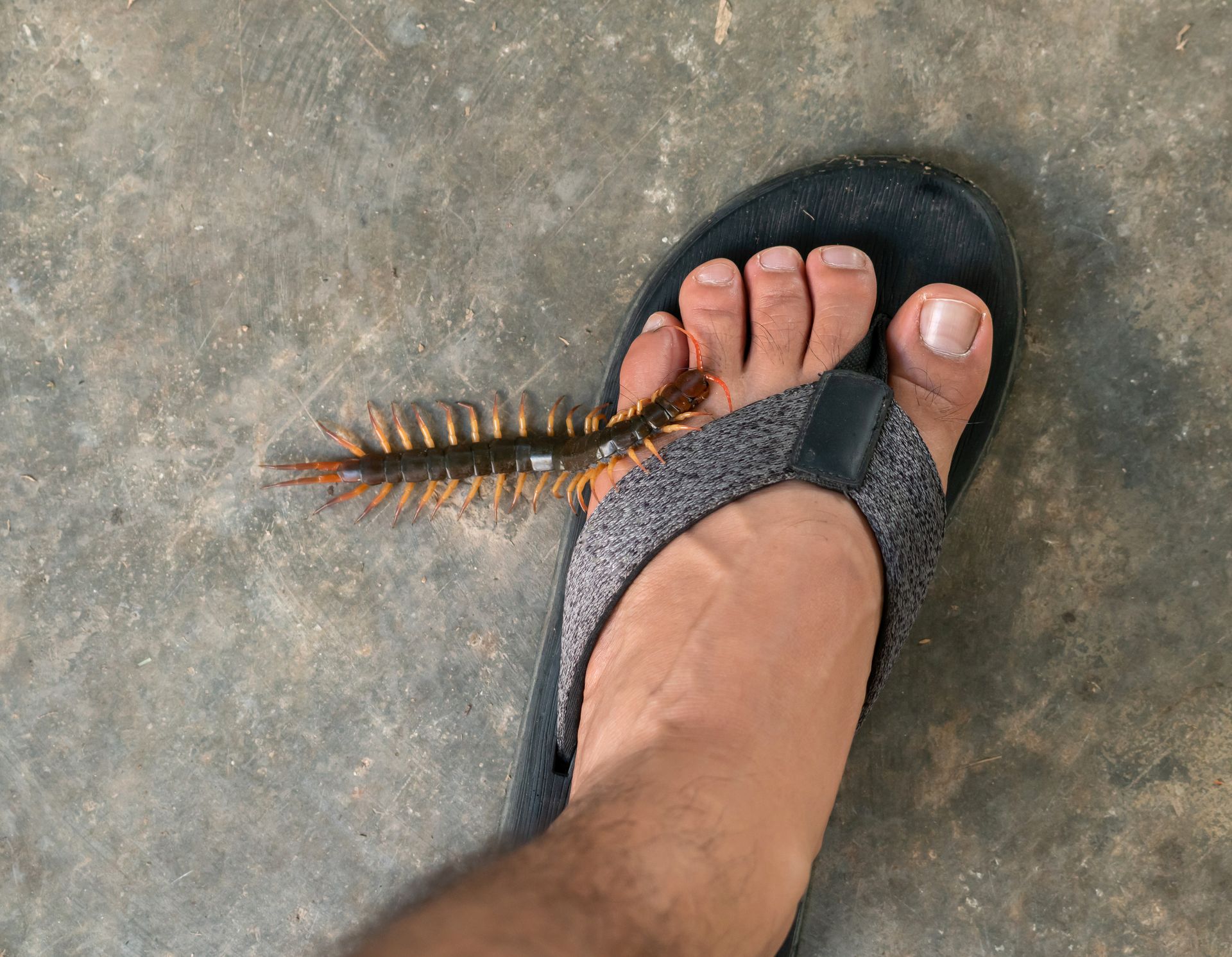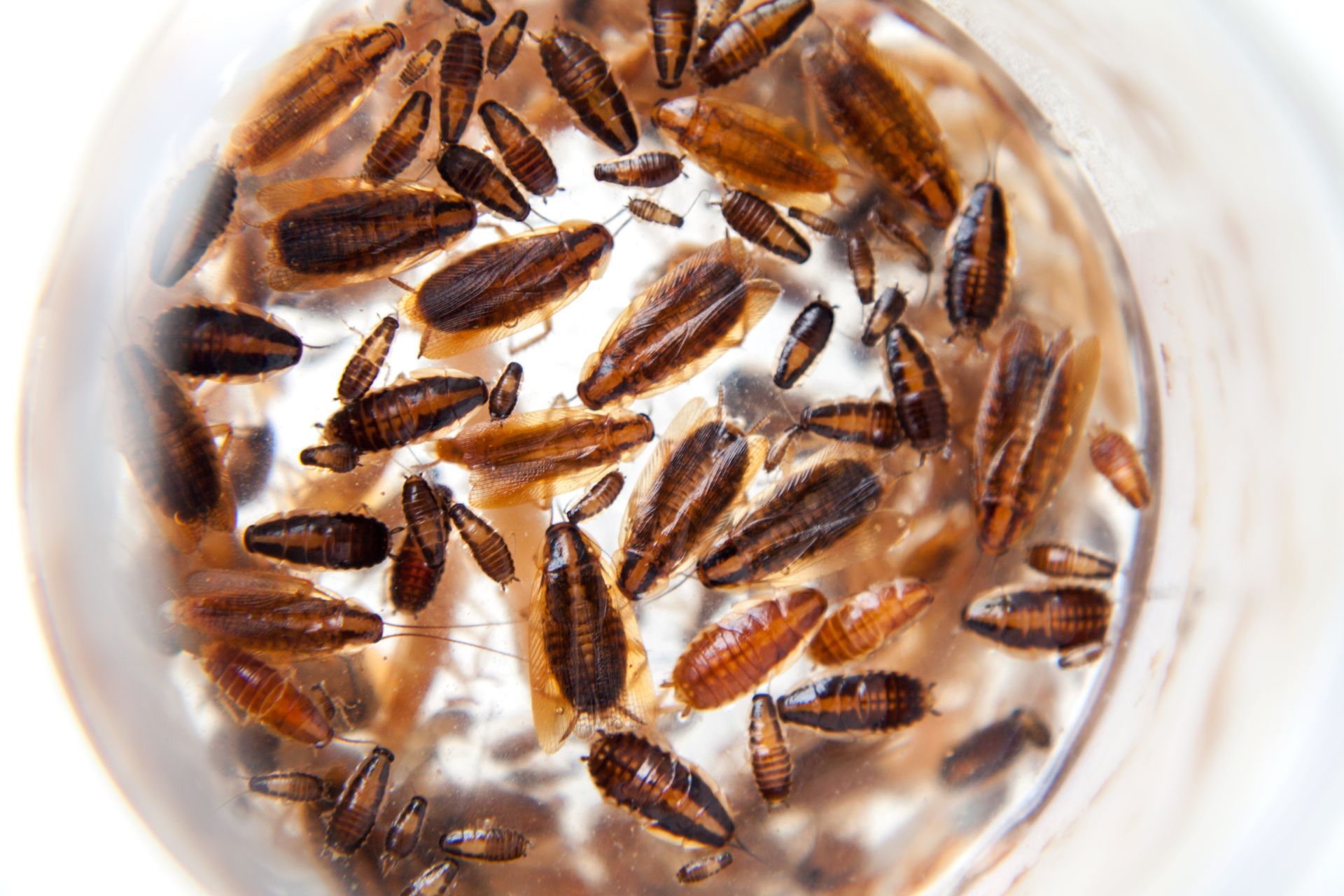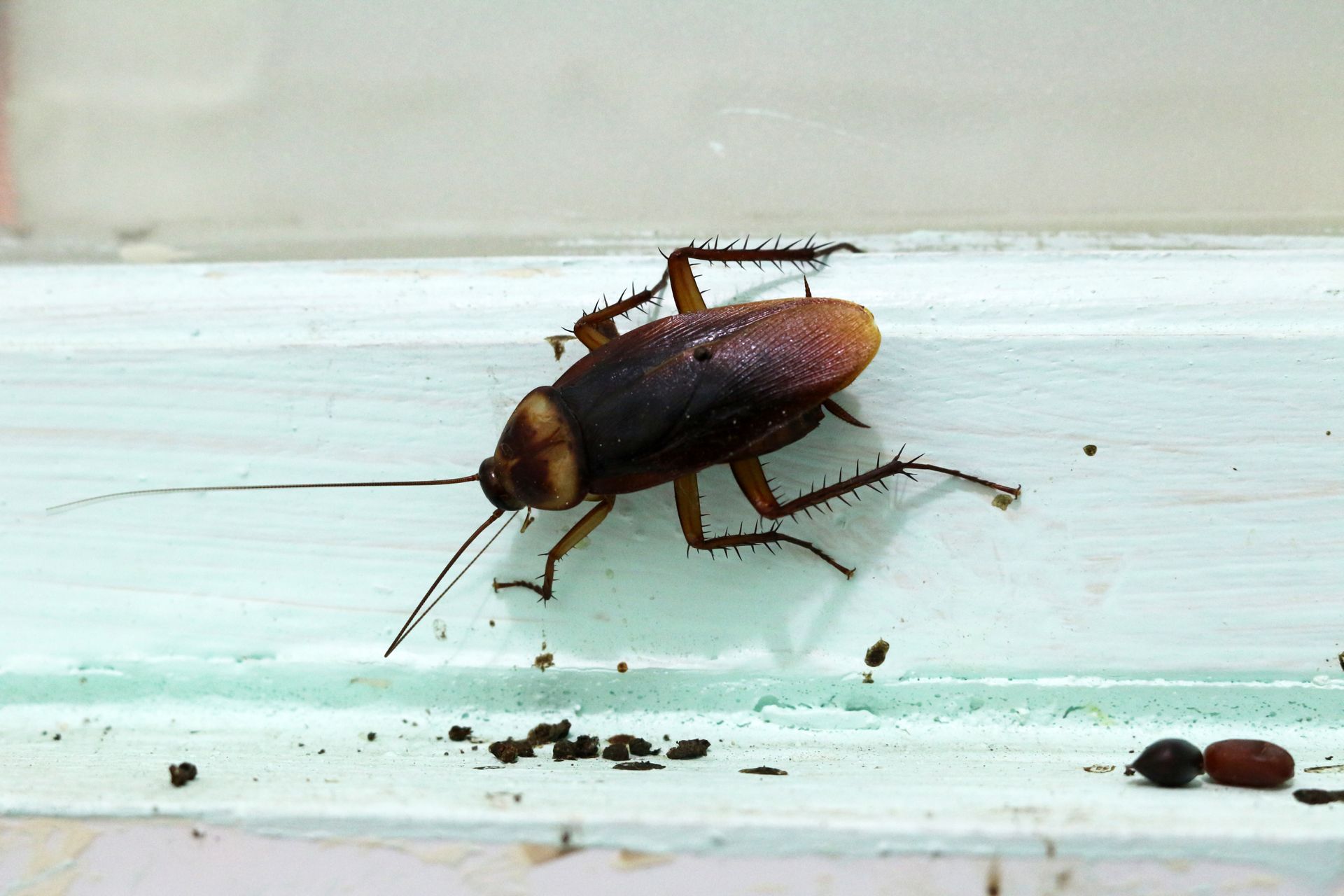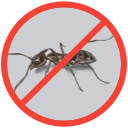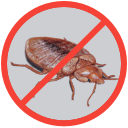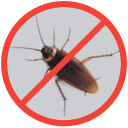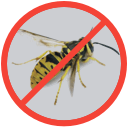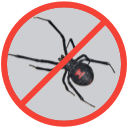What’s the Difference Between a Deer Tick vs Wood Tick?
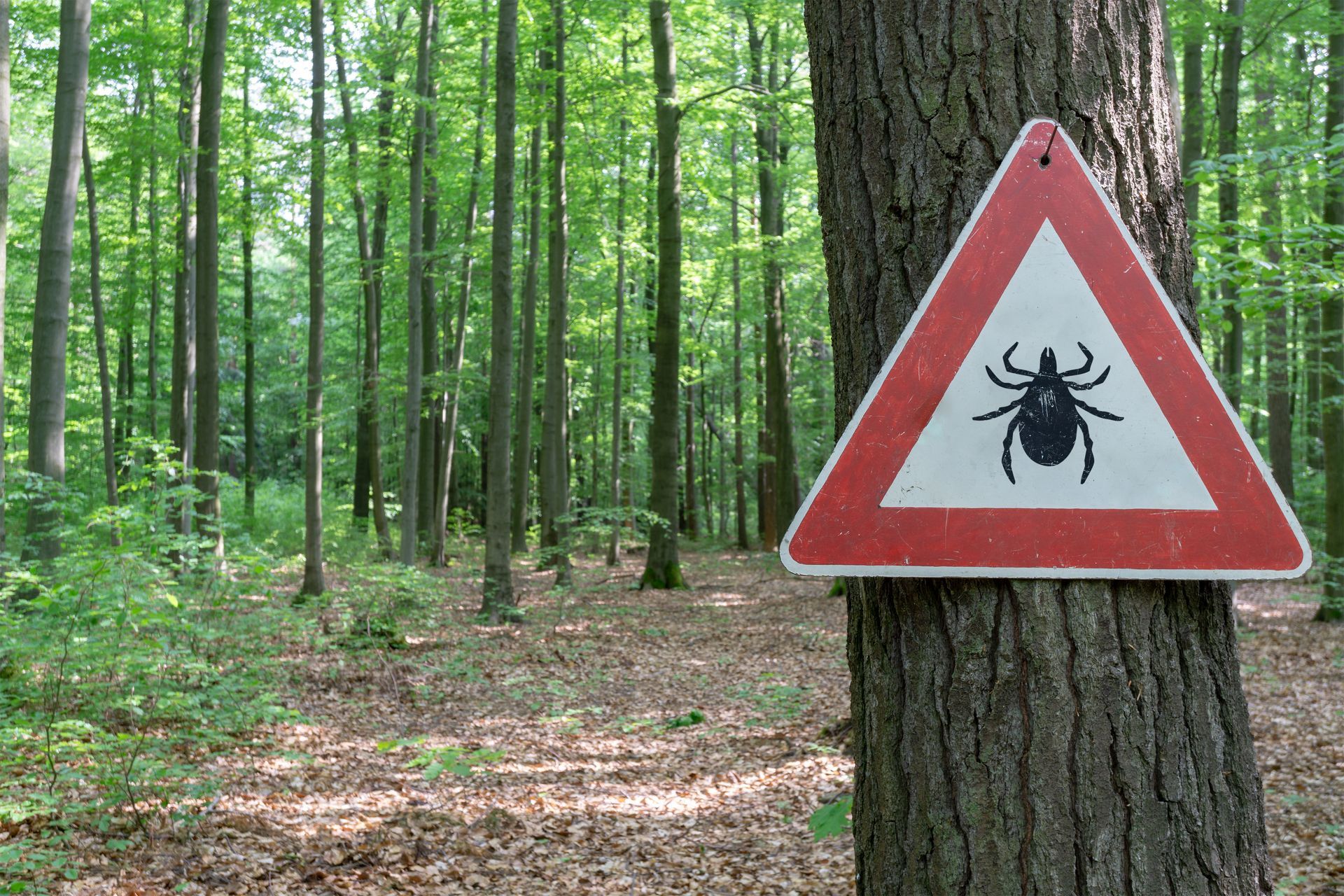
As the warmth of spring and summer beckons us outdoors, it also heralds the arrival of tick season. Tick season is a time when vigilance becomes crucial for outdoor enthusiasts and homeowners alike. Among the various tick species found across the United States, deer ticks (also known as blacklegged ticks) and wood ticks (commonly referring to American dog ticks) stand out as two of the most prevalent and concerning. These tiny arachnids, despite their similarities, carry distinct characteristics and potential health risks that warrant attention. With reported cases of tick borne illnesses more than doubling in the past two decades, according to the Centers for Disease Control and Prevention (CDC), understanding the nuances between deer ticks and wood ticks has become increasingly important. This knowledge not only aids in identification but also informs prevention strategies and appropriate responses to tick encounters. As we dive into the differences between these tick species, from their appearance and behavior to the diseases they may transmit, we aim to equip you with the information needed to navigate tick season safely.
Deer Tick vs Wood Tick Appearance
Distinguishing between deer ticks (blacklegged ticks) and wood ticks (commonly American dog ticks) can be challenging due to their small size, but understanding their physical differences is crucial for proper identification and risk assessment. Both species belong to the hard tick family Ixodidae which is characterized by their tough, shield like scutum. However, they differ significantly in size, coloration, and specific physical features. Here's a breakdown of their key distinguishing characteristics:
Deer Ticks:
- Size: Adults are about 3 5 mm long, often described as poppy seed sized when unfed.
- Color: Reddish orange coloration with a distinct black protective plate on the dorsal region
- Legs: Dark colored, giving rise to the name "blacklegged tick"
- Gender differences: Females have a distinctive red brown body, while adult males are uniformly brown
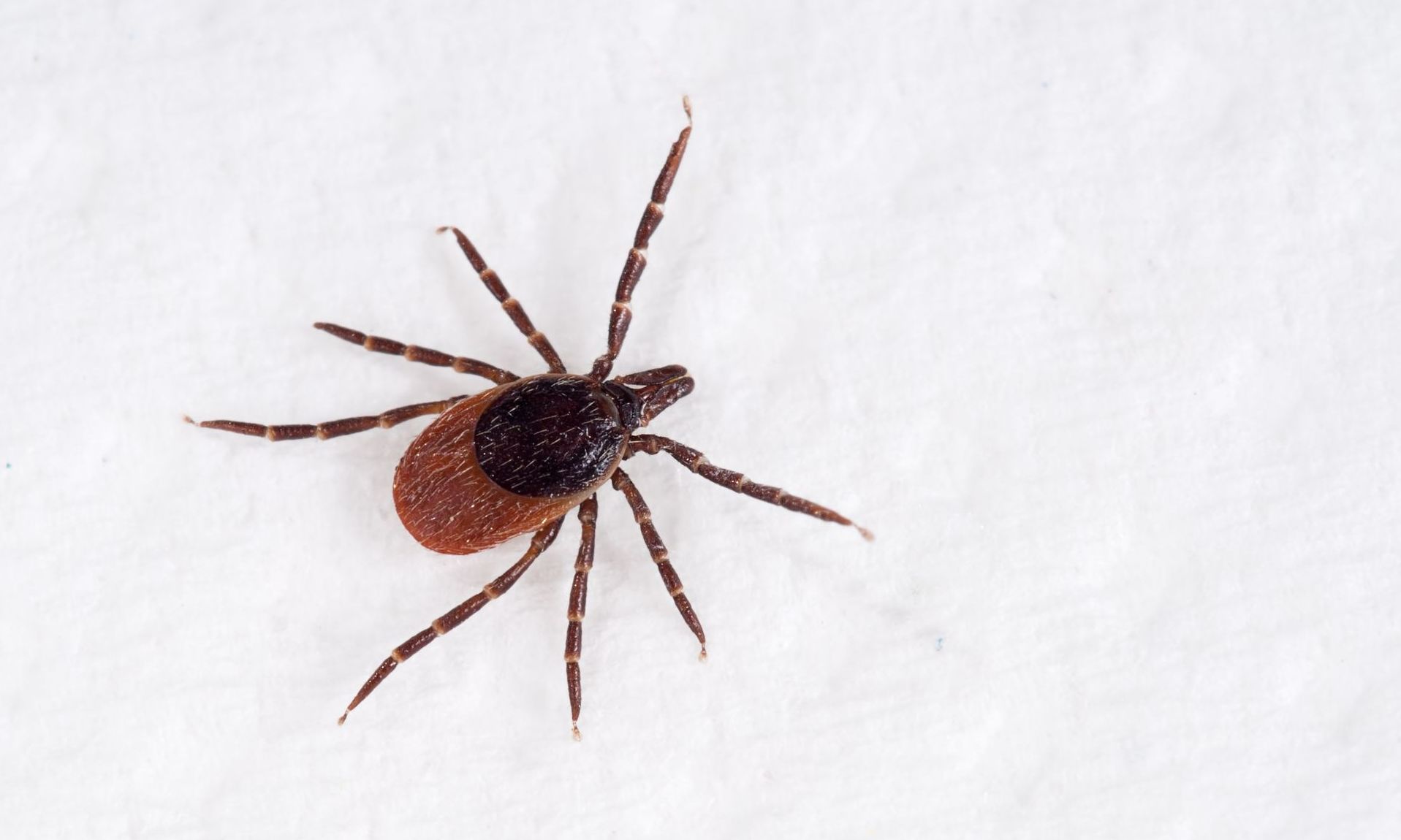
Wood Ticks:
- Size: Larger than deer ticks at approximately 3/16 inch long when unfed. Females can grow to 1/2 inch when engorged
- Color: Dark brown body with a mottled gray or silverish white pattern on the scutum
- Legs: Reddish brown with white or cream colored markings
- Gender differences: Males display a mottled gray pattern, while females have an off white scutum

The stark size difference between these species is particularly notable, with wood ticks being significantly larger and thus easier to spot with the naked eye. This size disparity, combined with their distinct coloration patterns, serves as a crucial factor in differentiating between these two common types of ticks.
Deer Tick vs Wood Tick Location & Behavior
Deer ticks and wood ticks exhibit distinct geographical distributions and behavioral patterns. Deer ticks, scientifically known as Ixodes scapularis in the eastern U.S. and Ixodes pacificus in the western states, are widely distributed across the country. Wood ticks, primarily referring to the American dog tick (Dermacentor variabilis), are predominantly found east of the Rocky Mountains. These species differ not only in their geographical preferences but also in their seasonal activity and habitat choices:
Deer Ticks:
- Distribution: Found in most parts of the U.S., especially prevalent in the eastern half
- Seasonal activity: Can be active year round, with peak activity in early spring and fall
- Habitat preference: Wooded areas with high humidity levels (at least 85%)
- Behavior: Climb vegetation to quest for hosts; active even in cooler temperatures above 37°F
Wood Ticks:
- Distribution: Common east of the Rocky Mountains and in some Pacific Coast areas
- Seasonal activity: Most active from spring to early summer
- Habitat preference: Tall grass and open, drier areas
- Behavior: Often climb from the ground to attach to passing hosts
Understanding these differences in location and behavior is essential for effective tick prevention and control measures, as it influences when and where people are most likely to encounter these different tick species.
Deer Tick vs Wood Tick Diseases
While both deer ticks and wood ticks pose health risks to humans, the diseases they transmit differ significantly which make it crucial to identify which species has bitten you. Deer ticks, particularly the blacklegged tick (Ixodes scapularis), are infamous for being the primary vectors of Lyme disease, caused by the bacteria Borrelia burgdorferi and B. mayonii. However, their potential to spread multiple pathogens makes them especially dangerous. Wood ticks, mainly referring to the American dog tick (Dermacentor variabilis), carry different but equally serious diseases. Understanding the potential diseases associated with each tick species is essential for prompt and appropriate medical attention. Here's a breakdown of the main diseases transmitted by each:
Deer Tick borne Diseases:
- Lyme disease: Characterized by a bull's eye rash, fever, and fatigue which can lead to severe complications if untreated
- Anaplasmosis: Induces elevated body temperature, cranial discomfort, and muscular soreness
- Babesiosis: A parasitic ailment mimicking influenza symptoms
- Ehrlichiosis: Results in fever, chills, and muscle aches
- Powassan virus: A rare but severe viral infection affecting the nervous system
Wood Tick borne Diseases:
- Rocky Mountain spotted fever: Triggers pyrexia, cephalalgia, and a distinctive rash
- Tularemia: A rare infectious disease that can be life threatening
- Tick paralysis: A condition caused by a neurotoxin in tick saliva, leading to muscle weakness
The risk of disease transmission increases with the duration of tick attachment which highlights the importance of prompt tick removal and identification.
What Other Common Ticks are Found in the US?
While deer ticks and wood ticks are among the most common and well known tick species in the United States, several other tick species pose significant health risks to humans and animals. These ticks vary in their geographical distribution, physical characteristics, and the diseases they can transmit. Understanding the diversity of tick species is crucial for effective prevention and prompt identification in case of a bite. Here are some other common tick species found in the U.S.:
- Lone Star tick (Amblyomma americanum): Prevalent in the Southern and Eastern U.S. where they are known carriers of ehrlichiosis, Heartland virus, and is associated with alpha gal syndrome
- Brown dog tick (Rhipicephalus sanguineus): Widespread throughout the U.S. and known to spread Rocky Mountain spotted fever in southwestern states
- Gulf Coast tick (Amblyomma maculatum): Common in Atlantic Coast and Gulf Coast states and can cause Rickettsia parkeri rickettsiosis
- Asian longhorned tick (Haemaphysalis longicornis): Recently introduced to the U.S. and has been found to spread various diseases, though its impact is still being studied
- Soft ticks (various species): Found in specific habitats, often at higher altitudes in the Western U.S. These ticks can spread tick borne relapsing fever
What Should You Do if You Are Bitten by a Tick?
If you discover a tick attached to your body, it's crucial to act quickly and correctly to minimize the risk of disease transmission or infection. The process for removing a tick is the same regardless of the species, but the follow up actions may vary depending on the type of tick and your geographical location. If you were bitten, it is critical to immediately do the following:
- Remove the tick promptly:
- Grab the tick using tweezers. Be sure to grab as close to the base of its head as possible to remove the tick completely.
- Pull upward with steady, even pressure. Be sure to avoid twisting or jerking the tick
- If mouthparts break off and remain in the skin, try to remove them with tweezers
- Preserve the tick:
- Enclose the removed tick in an airtight plastic container
- Store it in the freezer for potential future identification or testing
- Clean the bite area:
- Wash the bite site and your hands thoroughly with soap and water
- Sanitize the bite site with an appropriate antiseptic solution
- Monitor for symptoms:
- Watch for signs of illness, such as rash, fever, or flu like symptoms
- Be particularly alert for a bullseye shaped rash, which could indicate Lyme disease
- Seek medical attention if:
- You develop any unusual symptoms within 30 days of the bite
- You're in an area with high rates of tick borne diseases
- You're unable to remove the entire tick
Remember, prompt removal of the tick is crucial, as the risk of disease transmission increases the longer the tick remains attached. By following these steps and staying vigilant for any signs of illness, you can significantly reduce the potential health risks associated with tick bites.
What if Symptoms Develop After a Tick Bite?
If symptoms develop after a tick bite, it's crucial to be vigilant and seek medical attention promptly. Tick borne illnesses can manifest in various ways, and the specific symptoms depend on the particular disease transmitted. However, there are common signs to watch for in the days and weeks following a tick bite. The onset of symptoms can vary significantly, with some illnesses like Lyme disease taking up to 30 days to show signs, while others like Powassan virus may present symptoms much sooner. It's important to note that even if you've recently found a tick, symptoms could be from an earlier, unnoticed bite. Here are key symptoms to be aware of:
Common early symptoms:
- Rash (may be bullseye shaped for Lyme disease or splotchy for Rocky Mountain spotted fever)
- Flu like symptoms (fever, chills, headache)
- Muscle aches and joint pain
- Fatigue
- Nausea or stomach discomfort
Potential later or severe symptoms if left untreated:
- Stiff neck or facial paralysis
- Cognitive issues (memory problems, difficulty concentrating)
- Severe fatigue or depression
- Neurological problems
- Potential nerve damage
- Partial paralysis
- Gangrene
If you experience any of these symptoms following a known or suspected tick bite, it's essential to consult a healthcare provider immediately. Early diagnosis and treatment can significantly improve outcomes and prevent more serious complications from developing.
Tick Bite Treatment
Treatment for tick bites and associated illnesses requires prompt medical attention and a tailored approach based on the specific infection present. When seeking medical care after a tick bite, healthcare providers typically initiate diagnostic procedures, which may include blood tests or PCR tests similar to those used for COVID 19 detection. The treatment regimen varies depending on the identified tickborne illness, and it's important to note that multiple infections can occur simultaneously. For instance, Lyme disease is often treated with antibiotics such as doxycycline, amoxicillin, or cefuroxime axetil, while babesiosis may require a combination of clindamycin and quinine. Early intervention is crucial for optimal outcomes, as delayed treatment can lead to more severe symptoms and complications. If symptoms persist despite initial treatment, further evaluation may be necessary to rule out additional tickborne infections. In cases of chronic or complex tick borne diseases, some patients may seek treatment from Lyme literate doctors who offer alternative or advanced therapies. These may include:
- Therapeutic apheresis
- Biofilm eradication
- Intravenous antibiotic infusions
- Hyperthermia
- Detoxification protocols
- Anti-viral treatments
Alongside these treatments, pain management strategies are often employed to improve quality of life. However, the most effective approach to tick borne illnesses remains prevention, including proper protective clothing, regular tick checks, and prompt removal of any attached ticks.
How to Prevent Tick Bites
Preventing tick bites is crucial for avoiding tick borne diseases and requires a multi-faceted approach that addresses both personal protection and environmental awareness. Ticks are attracted to humans through body heat, breath, movement, and scent, and they employ various strategies to find hosts including climbing vegetation or waiting in leaf litter. To minimize the risk of tick bites, consider implementing the following preventive measures:
- Clothing choice: Opt for light colored, long sleeved shirts and pants tucked into socks to make tick spotting easier
- Repellent use: Apply EPA approved tick repellents containing DEET, picaridin, or oil of lemon eucalyptus to skin and clothing
- Post outdoor checks: Conduct thorough tick checks immediately after returning indoors, paying special attention to hair, skin folds, and clothing seams
- Pet protection: Treat pets with appropriate tick prevention products and check them regularly for ticks
- Clothing treatment: Wash and dry clothes on high heat settings to eliminate any lingering ticks
By incorporating these strategies into your outdoor routine, you can significantly reduce the likelihood of tick bites. Remember that consistent application of these preventive measures is key to effective tick bite prevention, especially when spending time in tick prone areas such as wooded or grassy environments.
How to Reduce Ticks on Your Property
Reducing tick populations on your property is an essential step in minimizing the risk of tick borne diseases for you, your family, and pets. Effective tick control requires a combination of landscape management and habitat modification strategies that make your property less hospitable to ticks and their hosts. By focusing on areas where ticks are most likely to thrive, particularly the transition zones between lawns and wooded areas, you can significantly decrease tick populations. Here are the most recommended strategies to reduce ticks on your property:
- Landscape maintenance: Regularly mow your lawn to keep grass short which helps reduce available tick habitat
- Create barriers: Establish a clear boundary between your lawn and wooded areas using gravel or wood chip borders
- Manage woody debris: Organize wood piles and rock walls to minimize tick friendly environments
- Leaf litter removal: Regularly clear leaf litter, especially from areas adjacent to your home and outdoor living spaces
- Control wildlife access: Install fencing or use plants that deter deer and other tick carrying wildlife from entering your yard
- Sun exposure: Prune trees and shrubs to increase sunlight in your yard to create drier conditions that are less favorable to ticks
- Natural predators: Encourage tick predators like birds by installing bird feeders and baths
By implementing these measures, you can create an environment that is less conducive to tick survival and reproduction, thereby reducing the overall tick population on your property. Remember that consistent application of these strategies is key to effective long term tick control.
Contact EcoGuard Pest Management if You Are Dealing with Ticks
If you're struggling with tick infestations on your property or seeking professional advice on effective tick control strategies, don't hesitate to reach out to EcoGuard Pest Management. Our team of experienced technicians is equipped with the latest knowledge and eco-friendly solutions to address your tick concerns comprehensively. We understand that every property is unique, and we're committed to providing tailored, long lasting solutions that protect your outdoor spaces and, more importantly, your family and pets from the risks associated with ticks. Whether you're dealing with an active tick problem or looking to implement preventive measures, EcoGuard Pest Management is here to help. Contact us today for a thorough property assessment and discover how we can create a tick free environment using safe, effective, and environmentally responsible methods. Let us help you reclaim your outdoor spaces and enjoy peace of mind.
Deer Tick vs Wood Tick FAQs
How can you tell a deer tick from a wood tick?
Deer ticks and wood ticks can be distinguished primarily by their size and coloration. Deer ticks are significantly smaller, often described as poppy seed sized when unfed, with a reddish orange body and a black scutum (shield) on their upper back. In contrast, wood ticks are larger, about 3/16 inch long when unfed, with a dark brown body and a mottled gray or silver, white pattern on their scutum, making them easier to spot with the naked eye.
Are deer ticks worse than wood ticks?
While both deer ticks and wood ticks can transmit diseases, deer ticks are generally considered more dangerous due to their ability to spread Lyme disease, which is one of the most common and potentially serious tick borne illnesses in the United States. Wood ticks, on the other hand, are primarily associated with Rocky Mountain spotted fever and tularemia, which are less common but can still be severe. The smaller size of deer ticks also makes them harder to detect which increases the risk of prolonged attachment and disease transmission.
Do all wood ticks carry Lyme disease?
Wood ticks, specifically the American dog tick, are not known to carry or transmit Lyme disease. Lyme disease is primarily associated with deer ticks (also known as blacklegged ticks). While wood ticks can transmit other diseases such as Rocky Mountain spotted fever and tularemia, they are not vectors for the bacteria that cause Lyme disease.
What is the difference between a deer tick and a tick?
A deer tick is a specific type of tick, while "tick" is a general term that encompasses many species of these arachnids. Deer ticks, also known as blacklegged ticks, are just one of several tick species found in the United States. The main distinction is that deer ticks are known for transmitting Lyme disease, while other tick species may carry different pathogens or pose different health risks.


